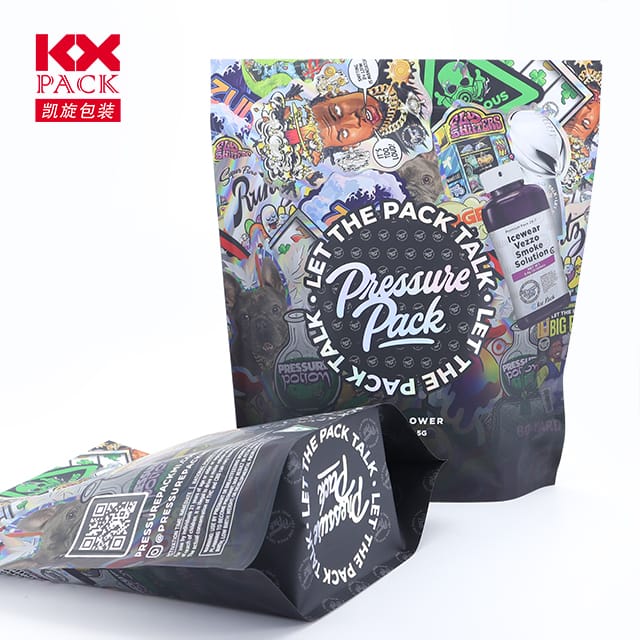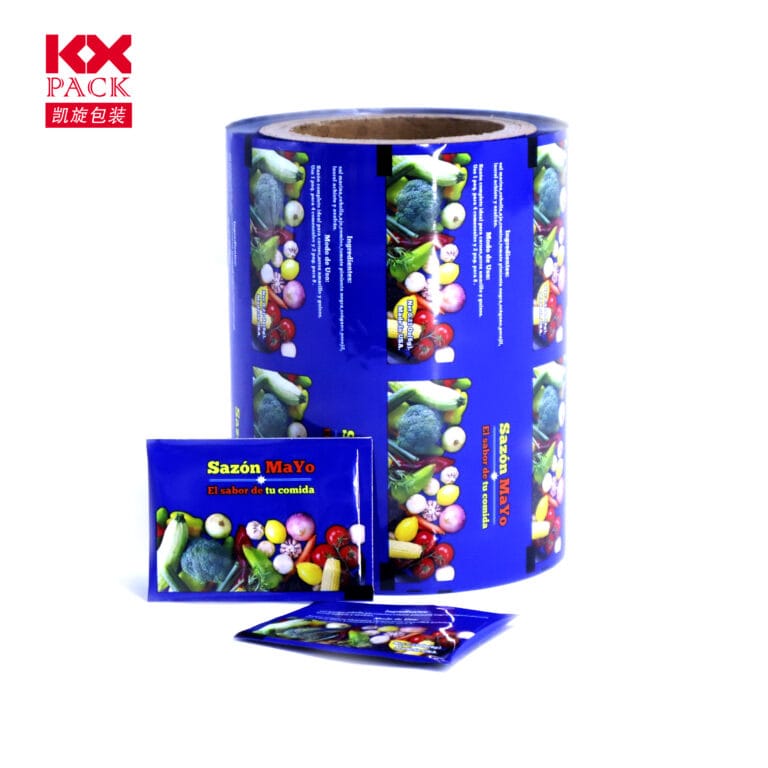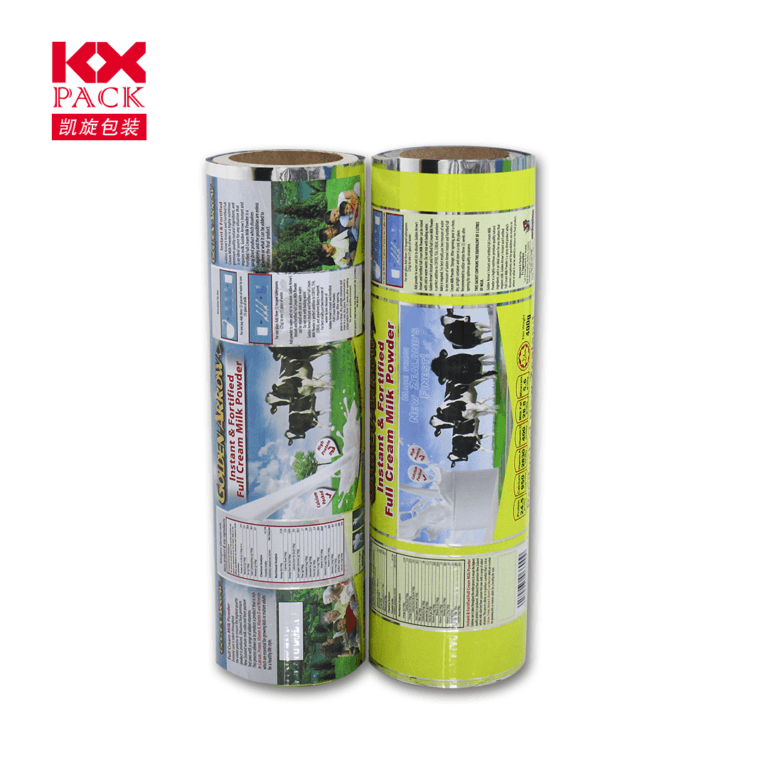L’augment dels envasos de pel·lícules flexibles: Innovació, Sostenibilitat, i la transformació de la indústria
Embalatge de pel·lícules flexibles
In the dynamic world of packaging, flexible films packaging ha sorgit com a canvi de jocs, Despestant indústries d’aliments i productes farmacèutics fins a l’atenció personal i la logística. Definida pel seu lleuger, adaptable, i materials d’alt rendiment, flexible packaging now accounts for a significant share of the global market—estimated at$270.96 mil milions en 2023 and projected to grow at aCAGR de 4.8% a través de 2030. This surge is driven by its ability to meet evolving consumer demands, pressions reguladores, i objectius de sostenibilitat. Let’s explore why flexible films are becoming the packaging solution of choice.
1. Key Properties: Why Flexible Films Stand Out
Embalatge de pel·lícules flexibles are engineered to balance functionality and efficiency. Their defining features include:
- Lightweight and Portable: Unlike rigid packaging (P., glass or metal), flexible films reduce material use and transportation costs. A single truckload of flexible films can carry the equivalent of 10 truckloads of glass jars, slashing carbon emissions.
- Barrier Protection: Advanced multilayer structures—combining polymers like polyethylene (PE), polipropilè (BOPP), or polyvinyl chloride (PVC) with aluminum foil—create impermeable barriers against oxygen, humitat, i llum. This extends shelf life for perishables like meat and cheese by up to 50% compared to traditional packaging.
- Temperature Resistance: Flexible films withstand extreme conditions, from oven-safe pouches for ready-to-eat meals to freezer-grade films for frozen foods.
- Personalització: Films can be tailored to product shapes, minimizing waste and maximizing product-to-package ratios. This precision is critical for single-serve snacks, pet treats, and pharmaceutical blisters.
2. Industry Applications: Des d’aliments fins a productes farmacèutics
Embalatge de pel·lícules flexibles have disrupted multiple sectors by offering cost-effective, high-performance solutions:
- Menjar & Beguda: The largest market segment, flexible films dominate snack packaging, fresh produce wraps, and microwaveable meals. Per exemple, stand-up pouches with resealable zippers reduce food waste by keeping contents fresher longer.
- Menjar per a mascotes: Innovations like lightweight treat packs and bulk sacks with odor-barrier layers cater to pet owners’ demands for convenience and freshness.
- Assistència sanitària & Pharmacy: Sterile, tamper-evident blister packs and peelable pouches ensure drug safety and compliance with strict regulatory standards.
- Logística & Comerç electrònic: Durable, puncture-resistant films protect goods during shipping, while shrink-wrap films secure pallets for efficient transportation.
3. Sostenibilitat: The Driving Force Behind Adoption
As environmental concerns mount, flexible films are evolving to meet circular economy goals:
- Reduced Carbon Footprint: Manufacturing Embalatge de pel·lícules flexibles requires 60% less energy than rigid alternatives like glass. Their lightweight nature also cuts fuel consumption during shipping.
- Recyclable and Compostable Options: Innovations like mono-material PE films and plant-based compostable films (P., NATIVIA® by Taghleef Industries) are gaining traction. Some brands now use 100% recycled content in their films.
- Waste Reduction: Embalatge de pel·lícules flexibles generate 80% less landfill waste than rigid packaging due to their efficient material use.
malgrat això, challenges remain. Multi-layer films, while high-performing, are often non-recyclable. Industry leaders are investing inchemical recycling iadvanced sorting technologies to address this gap.
4. Future Trends: What’s Next for Flexible Films?
The market is poised for transformative growth, driven by:
- Embalatge intel·ligent: Integration of IoT sensors to monitor freshness or QR codes for supply chain transparency.
- Advanced Adhesives and Substrates: New laminations improve barrier properties without adding thickness, enabling thinner, stronger films.
- Compliment regulatori: Stricter eco-laws (P., EU’s Single-Use Plastics Directive) are pushing brands to adopt sustainable films.
- Consumer Convenience: Resegelable, easy-open, and single-dose designs cater to on-the-go lifestyles.
Conclusió: Flexible Films as the Future of Packaging
Flexible films packaging is no longer just an alternative—it’s a necessity for brands aiming to stay competitive in a fast-paced, eco-conscious market. By combining innovation, sostenibilitat, and versatility, these materials are redefining how products are protected, presentada, and preserved. A mesura que avança la tecnologia, expect flexible films to become even smarter, greener, and more integral to global supply chains.
Ready to embrace the future of packaging? Whether you’re a brand owner, manufacturer, or consumer, the shift to flexible films is a win for efficiency, sostenibilitat, and the bottom line.
Fonts: Flexible Packaging Association, AMI Plastics, Taghleef Industries, Market Research Reports (2023–2030)







